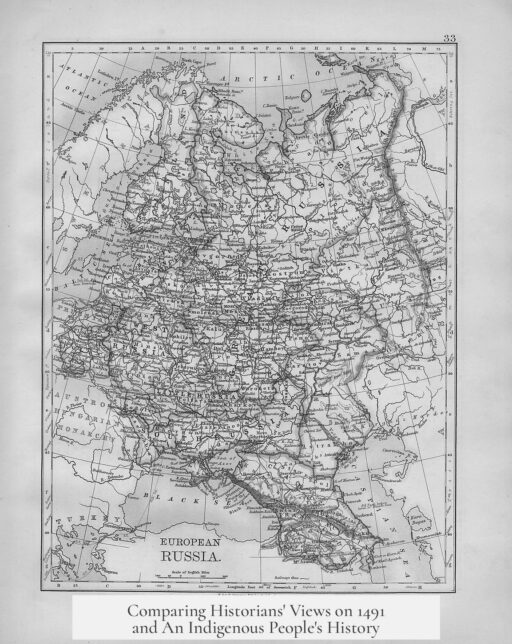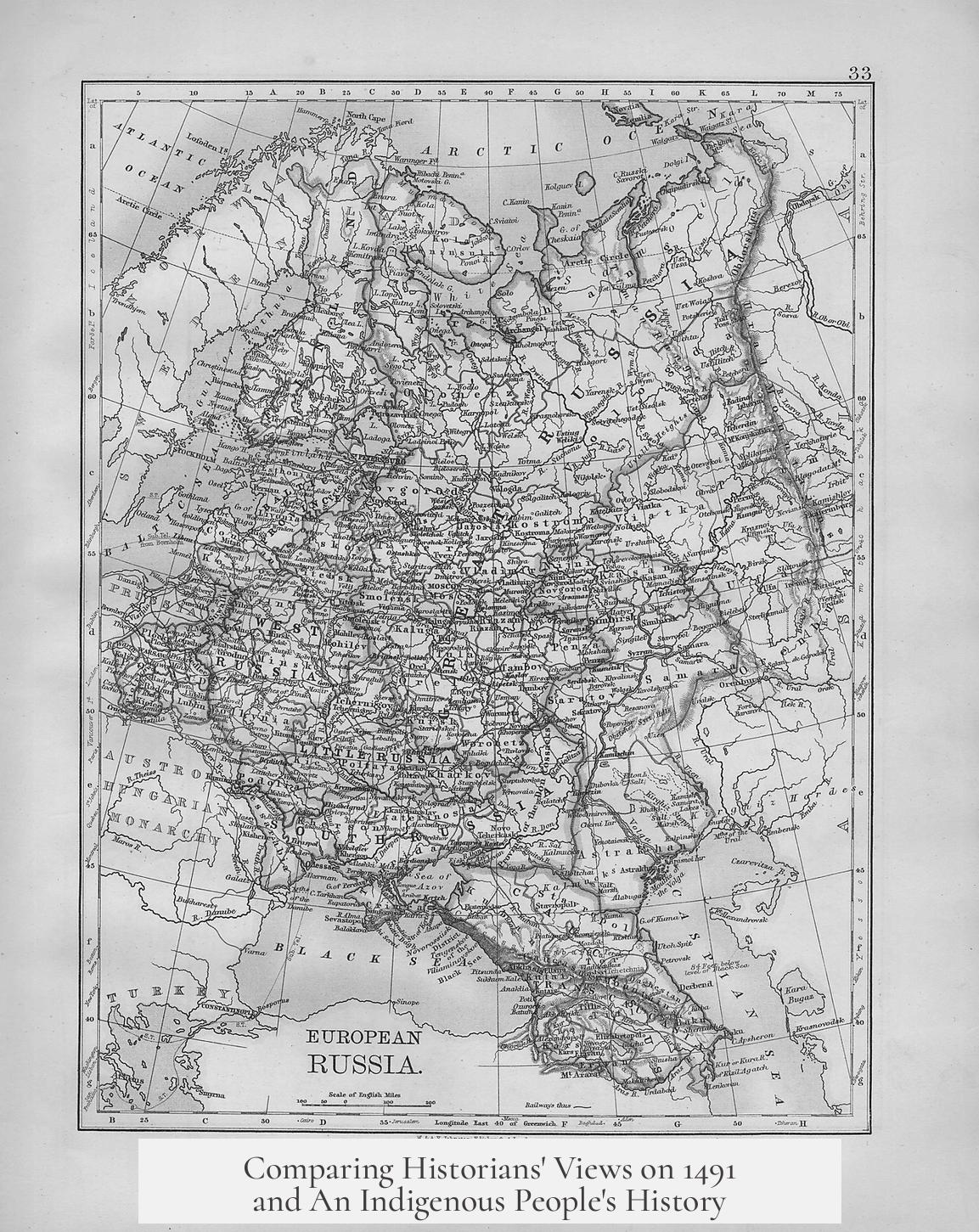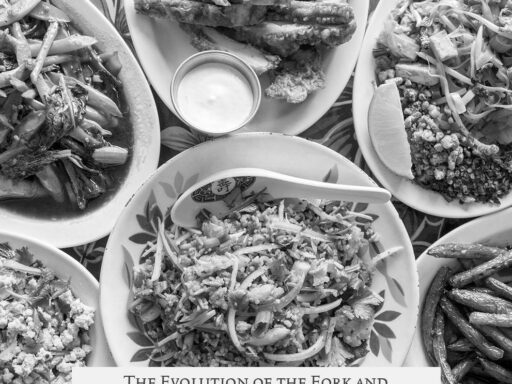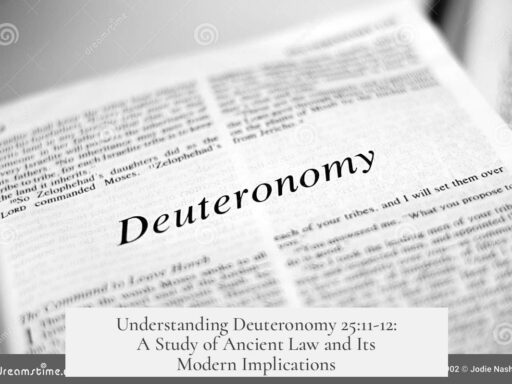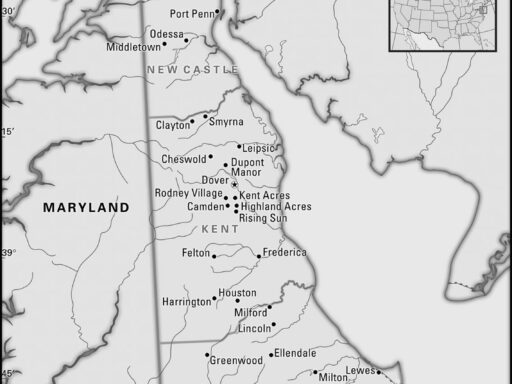Among historians, Charles Mann’s 1491 is generally more highly regarded for its academic soundness and well-researched content, although it serves mainly as an introduction to pre-Columbian societies rather than a deeply detailed study.
1491 offers a broad overview of indigenous civilizations before European contact. Mann synthesizes various research findings into an engaging narrative. Historians appreciate this because it compiles scattered academic work into a single, accessible volume.
Although Mann is primarily a journalist rather than a professional historian or archaeologist, his careful sourcing and thorough research lend credibility to the book. He acknowledges that his work only scratches the surface of these complex histories, which shows caution in representing the subject matter.
Historians value Mann’s method of presenting many pre-Columbian societies without deep specialization in one area. This approach keeps the book engaging but means it does not provide exhaustive academic depth. Instead, it encourages broader interest and further study.
In contrast, An Indigenous People’s History (commonly referencing A People’s History of the United States style narratives focused on indigenous perspectives) often appears as a distinct genre aiming for a critical reexamination from indigenous viewpoints. While influential culturally and politically, these works may face more debate regarding academic rigor depending on the author and approach.
Historians tend to treat Mann’s work as a reliable and well-sourced reference for understanding pre-Columbian America. They recommend it especially for readers new to the topic or seeking a comprehensive introduction.
- 1491 is broadly respected for research quality and synthesis
- Mann’s journalist background influences his narrative style but not accuracy
- The book is valued for scope, not deep specialization
- It encourages further academic inquiry rather than definitive conclusions
- Alternative indigenous histories vary in academic reception based on perspective and methodology
Which Book Is More Highly Regarded by Historians—1491 vs. An Indigenous People’s History?
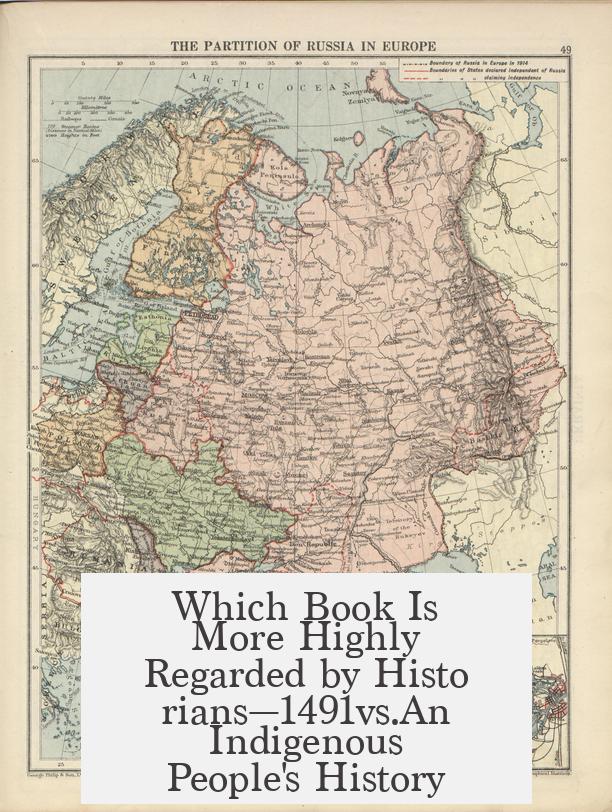
When historians weigh in, 1491 by Charles C. Mann generally ranks as a well-researched, academically sound gateway into pre-Columbian Americas, while An Indigenous People’s History often garners more depth in indigenous perspectives and critical engagement with colonial narratives. But what really sets them apart? Let’s unpack this fascinating debate.
Both books have captured attention, but for very different reasons.
Charles Mann’s 1491: The Journalist’s Big Canvas
1491 reads like a vivid travelogue stitched with scientific discovery and historical intrigue. Mann, a journalist by trade, brings scattered archaeological and anthropological research into a single, engaging narrative. His storytelling style focuses on sweeping pre-Columbian civilizations—The Aztecs, the Inca, and countless lesser-known cultures. It’s like a buffet where each dish is intriguing but you don’t get stuffed full of any one cuisine.
Mann admits he’s only “scratching the surface,” bouncing from the Americas’ giants of civilization to genetic studies and Amazonian terraforming projects. This jumping about can leave readers wanting deeper dives, but it’s perfect as an introduction. It primes curiosity with fresh facts and challenges old myths. Does Mann dig into profound academic debates? Not really. But he effectively stitches together existing research that was once fragmented across obscure journals and reports.
Importantly, Mann’s 1491 is academically sound and well-sourced. Experts recommend it even for those familiar with the topic because it offers a concise but comprehensive overview. For anyone stepping into the subject, it provides a solid foundation. Imagine it as your friendly neighborhood guide, ushering you into a complex world without overwhelming you with jargon. He doesn’t wield a PhD but wields clarity and storytelling well.
Why Historians value An Indigenous People’s History differently
Now, shift gears to An Indigenous People’s History. This book often earns praise for centering indigenous voices and perspectives that traditional Western histories have sidelined or ignored. Its approach isn’t just about factual recitation but also about interpreting history from the point of view of the colonized.
Here’s the twist: while 1491 leans on an archaeological and scientific lens to rewrite pre-Columbian America, An Indigenous People’s History often serves as a critical counter-narrative, pushing readers to reconsider accepted meanings behind conquest, colonization, and cultural survival. This book is more activist, more raw, and more deeply entwined with indigenous struggles to reclaim agency in history.
This makes it highly prized among historians who emphasize social justice and cultural critique. It’s an important corrective—a bold gesture to rebalance historical scales.
Comparing Their Place in Historical Scholarship
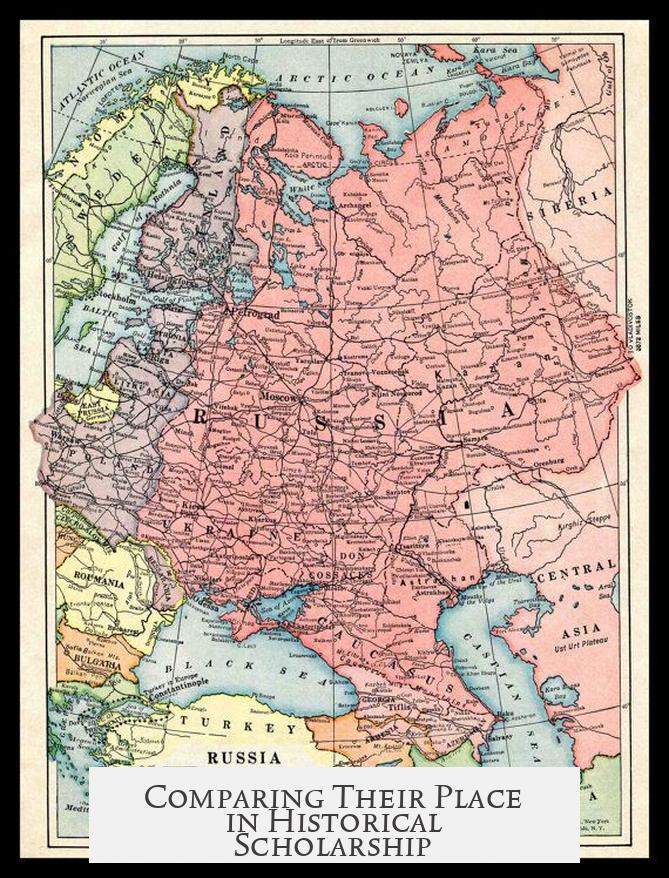
So which is better regarded by historians? It depends on what historians prioritize.
- If you value a broad, journalistic synthesis of scientific and archaeological findings: 1491 stands out. Its well-researched narrative makes it a dependable starting point and a conversation starter.
- If you prioritize indigenous voices and critique of colonial power structures: An Indigenous People’s History takes precedence. It’s praised for depth and advancing indigenous-centered analyses of history.
Think of it this way: 1491 is a map, and An Indigenous People’s History is a guidebook from locals who lived the story. Both are crucial, but they serve different purposes.
How Mann’s Approach Shapes Historians’ View
Mann’s background as a journalist means he packs his work with lively anecdotes—interviews, travels, and narrative flair. But he doesn’t claim to be a deep academic expert. Instead, Mann acts as a translator, communicating dense research into accessible prose. This humility is apparent; Mann openly states he’s barely scratching the surface, which signals to scholars that he respects the complexity but offers an overview.
This modesty can be refreshing in historical literature, where ivory tower jargon can alienate general readers. Mann has helped popularize challenging ideas, from complex indigenous agriculture to ancient urbanism, without overwhelming. His work helps mainstream audiences update their mental images of the Americas before Columbus. This contribution alone earns respect, even from some strict academic historians.
Practical Advice for Readers Deciding Which to Read
Wondering which to pick? Here’s a straightforward tip:
- If you’re new to the topic, start with 1491. It’s an engaging introduction that opens eyes to forgotten histories without diving into dense critique.
- If you want to challenge colonial narratives and understand indigenous perspectives in depth, move on to An Indigenous People’s History.
- For a rounded view, consider reading both. They complement each other by providing different lenses.
This layered approach mirrors how historians usually study complex topics—they don’t rely on a single source but triangulate multiple perspectives.
Final Thoughts: Complementary Books in the Debate over Historical Understanding
The historical community does not crown a supreme winner between 1491 and An Indigenous People’s History. Instead, both books are highly regarded for different strengths. Mann’s 1491 introduces readers to groundbreaking research put together in an accessible way. Meanwhile, An Indigenous People’s History pushes the boundaries of historical interpretation with unapologetic focus on indigenous experience and perspectives.
Historians appreciate 1491 for its academic grounding and broad synthesis. They value An Indigenous People’s History for deep engagement and cultural critique. Together, these books enrich our understanding of the pre-Columbian and colonial Americas.
So, next time you wonder which book historians favor more, remember it’s less about a contest and more about appreciating distinct goals. Each one illuminates history in a way the other can’t. And isn’t that what good history does—open paths to many new questions?
